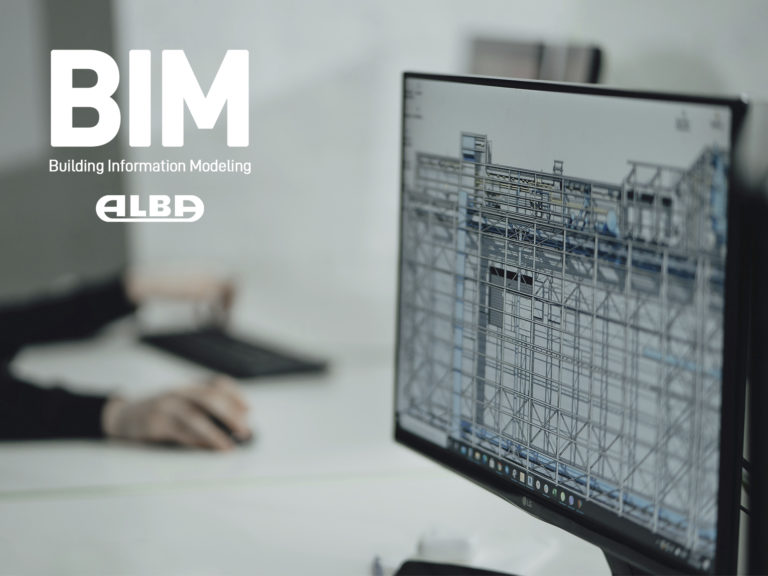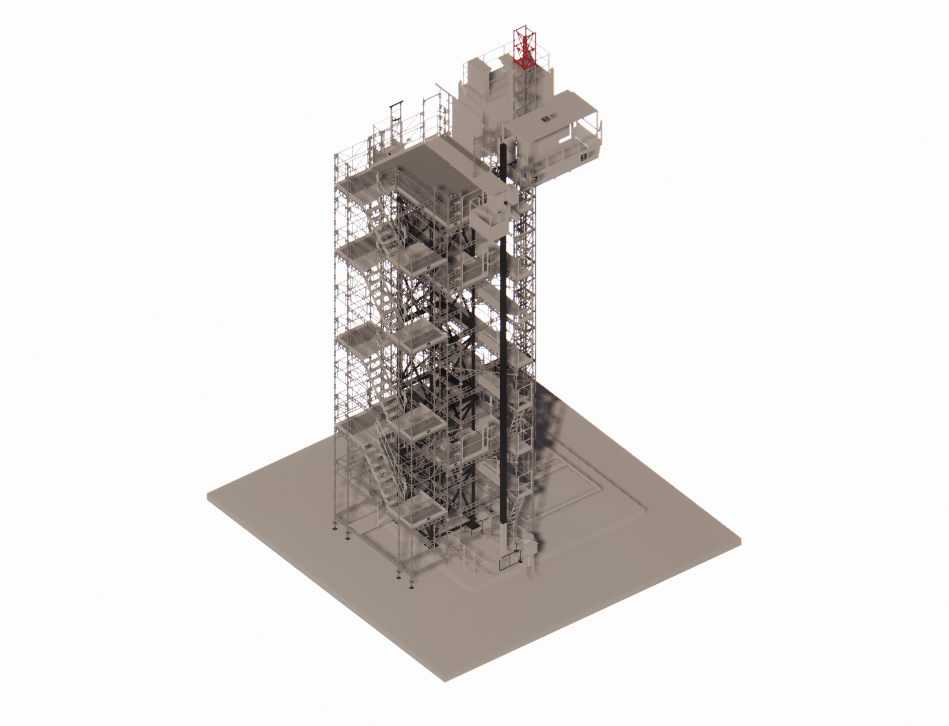Transforming construction with BIM technology
What is BIM technology?
5 advantages of BIM
BIM technology offers a range of significant advantages for the construction sector:
- Detailed 3D view: It allows for creating detailed 3D digital models of buildings and structures, providing a visual representation of how the finished project will look. This aids in better understanding the design and visualizing the outcome before construction begins.
- Enhanced collaboration: BIM facilitates collaboration among different teams involved in a project, as everyone can access the same centralized information model. This fosters smoother communication and quicker resolution of potential issues.
- Early conflict detection: It prevents task duplication and additional costs, as workers can identify and address potential problems in the digital model, executing it flawlessly without design errors before construction.
- Energy performance optimization and sustainability: BIM enables simulating the energy performance of a building throughout its lifecycle, helping designers make decisions that improve energy efficiency and project sustainability.
- Asset management and maintenance: It provides detailed information about the building’s components and systems, easing maintenance operations and future renovations.
What does BIM technology bring to our customers?
BIM technology provides significant benefits: first of all, our customers can easily integrate our lifting equipment into the digital models of their projects, giving them the ability to represent the different rack and pinion hoists required in various locations and stages of construction. This enables better planning based on their needs. This not only facilitates decision-making for our customers, but also helps ensure proper installation and efficient operation of vertical transportation solutions.
Furthermore, this engineering allows us to offer value-added service by providing detailed data on the performance and specifications of our construction hoists and mast climbers, ensuring a smoother and more successful construction experience. Our customers can tailor their design and project configuration accordingly.
? Discover how BIM technology helps plan your construction projects from start to finish!
? Contact us today to start your journey towards the future of construction!



